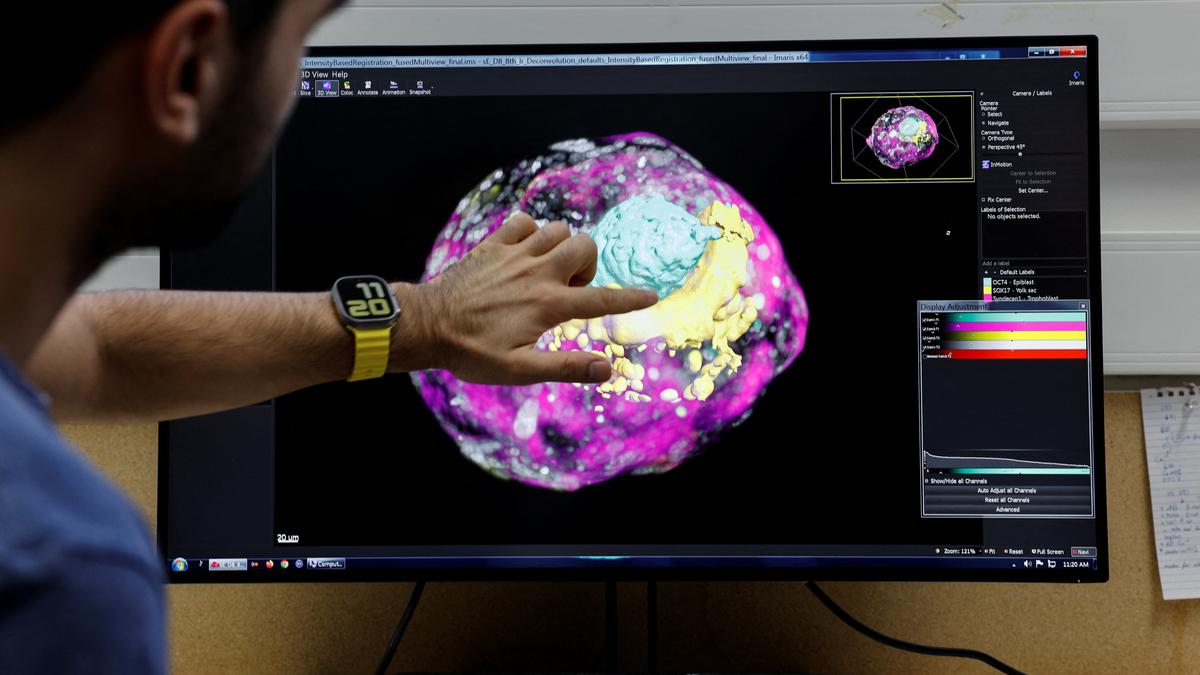In a big breakthrough, scientists from U.S. and South Korea have performed the world’s smallest magnetic resonance imaging (MRI). They used a highly specialized device called a scanning and tunneling microscope, technique to visualize the magnetic field of single atoms.
What is Magnetic resonance imaging (MRI)?
It is a powerful imaging technique used for creating detailed images of a person’s internal organs and tissues. MRI scanners use very strong magnetic fields and radio waves, which temporarily changes the way billions of protons spin in person’s body. Afterward they assess and image energy released by these protons when they are back to their normal state.
However, in the case of atoms, the scientists used a scanning tunneling microscope. Researchers attached magnetized iron atoms to the tip of the microscope. After that they swept the microscope’s tip over iron and titanium atoms they’d placed on a magnesium oxide surface.
Once magnetized iron atoms got attached to the tip, it became a tiny MRI machine that aligned the electrons in place of protons. Researchers then hit the atoms with a radio wave pulse, which make sensors to sense the energy released by the electrons, producing an image of the magnetic field of a single titanium or iron atom.
Innovative research:
This revolutionary research could help usher in the era of quantum computing and could also improve our understanding of the Universe on subatomic scales. Researchers foresee this new nanoscale imaging technique could also result in the development of new materials and drugs.
Physicist Andreas Heinrich of the Institute for Basic Sciences in Seoul, said, “I am very excited about these results,” “It is certainly a milestone in our field and has very promising implications for future research.”







